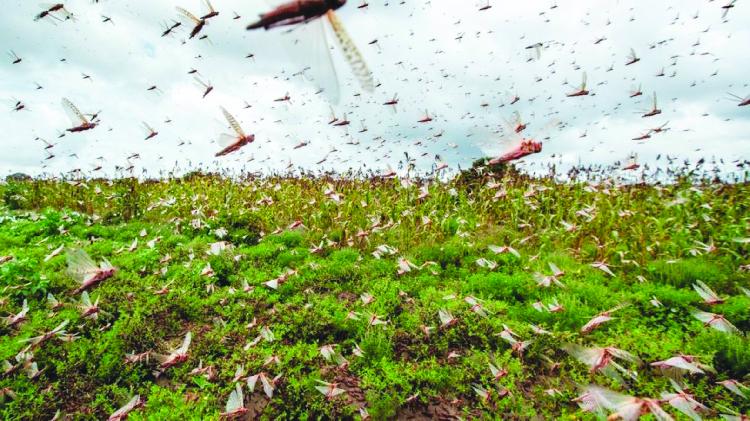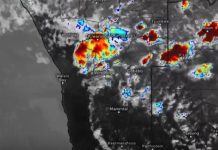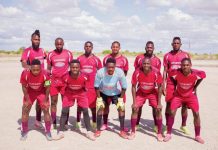Africa-Press – Namibia. FARMERS in the //Kharas region are battling the worst locust outbreak in the past 30 years.
The brown locust observed in the Karasberg East, Karasberg West, the Zambezi, and the !Nami-#Nus constituencies is said to have destroyed 719 000 ha of grazing land, and 1 207 ha of crop fields in 10 of the country’s 14 regions since last year.
The //Kharas region is said to be the worst affected. Councillor Enseline Beukes of the Karasberg East constituency has described the outbreak as devastating to local farmers. Farms affected were mostly commercial and resettlement farms, but communal farmers could also be impacted.
“Since the rains have started it seems it has created breeding grounds for locusts, but the agriculture ministry has been on the ground and we believe they can minimise the damage,” Beukes says.
Kobus van der Merwe from Farm Gamkab in the //Kharas region says since October last year farmers have suffered great losses in grazing land. Van der Merwe says they are predominantly small livestock farmers.
“I have been a farmer for the past 34 years, and have not seen a locust outbreak like last year. At some point in October we sprayed for six weeks,” he says. Van der Merwe says small livestock and crop farmers are the most vulnerable during such outbreaks.
“Our losses have been devastating. And you cannot measure all the losses at the same time as the swarms move around constantly,” he says. The good rains received in the Ariamsvlei area over the past few days have made matters worse.
In a statement issued last week, the Ministry of Agriculture, Water and Land Reform said the rains, measuring up to 50 millimetres, have created a favourable breeding environment for locusts.
Ministry spokesperson Jonah Musheko said these areas have been receiving daily egg-laying, adult, brown locusts from South Africa since mid-December. Musheko said spraying teams have been dispatched.
“We are fighting the third outbreak of the brown locust in the //Kharas region. As of Tuesday, spraying was carried out from farm Nakop up to Swartkop in the Karasburg district, covering approximately 80 000 hectares,” he said.
The first locusts are said to be hatching still, however, it is reported that large swarms of adult locusts that migrated through the area did so while reproducing. The Karasburg East and West constituencies and the !Nami#Nûs constituency near Aus have been identified as the brown locust’s core breeding areas.
“We have also spotted some instar locusts in the Karas mountains. Given the landscape it is difficult to access, and scouting is difficult. It is possible that there are more undetected first instar locusts and we are expecting more reports in the next two weeks as soon as they begin hopping,” Musheko said.
For More News And Analysis About Namibia Follow Africa-Press






